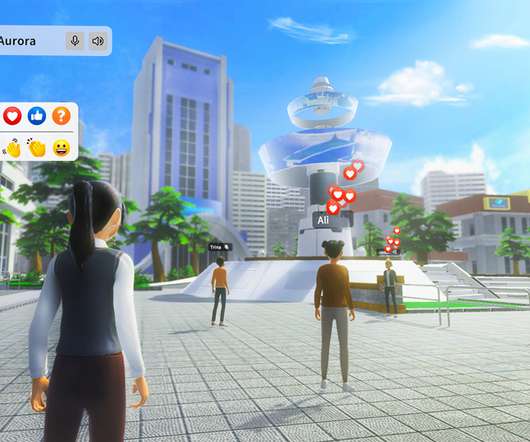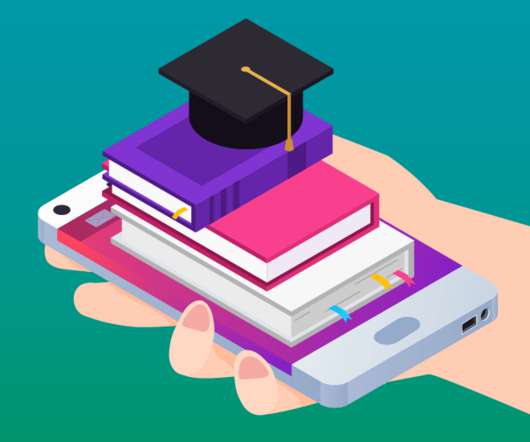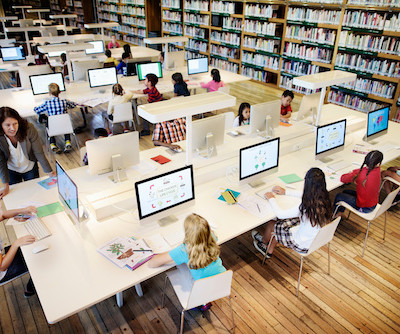Metaverse Education: What’s Next for Virtual Learning?
ViewSonic Education
NOVEMBER 28, 2022
The metaverse itself can be described as a virtual setting that users are able to occupy synchronously, which facilitates meaningful social interactions. ’ The company saw the metaverse as the future of online social interactions and as the evolution of existing social media. Understanding Metaverse Education .















Let's personalize your content